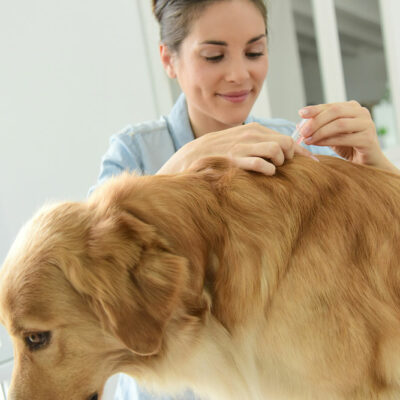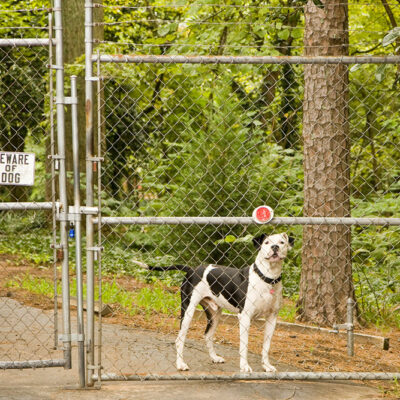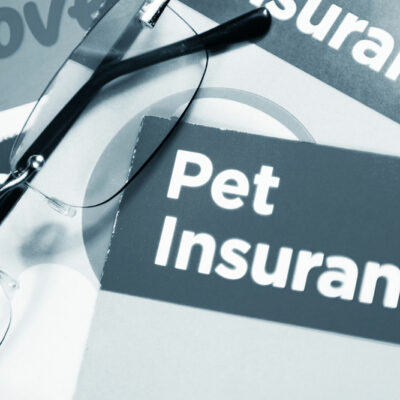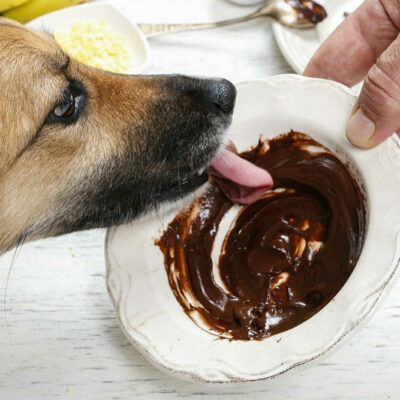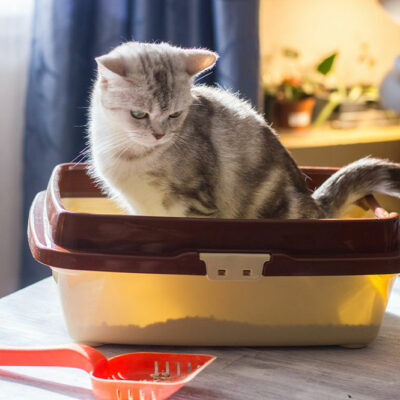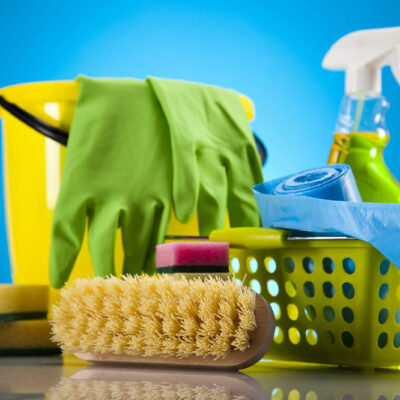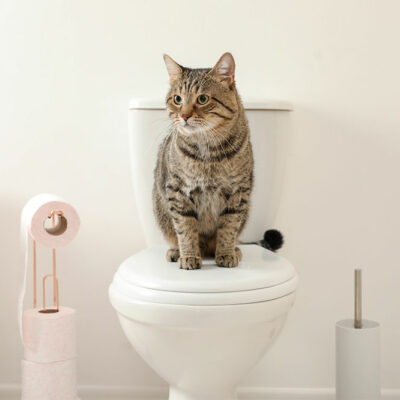
pets
5 human foods that are toxic for cats
As a responsible pet parent, you do your best to ensure healthy nutrition and a happy environment for your cats. But it can be hard to resist feeding them a few tidbits off your own plate. However, there are certain human foods that should not be given to cats under any circumstances as they can prove to be life-threatening. Here are five foods that are an absolute no-no for kittens and cats. 5 human foods that are toxic for cats Chocolate Milk chocolate and dark chocolate, even in small quantities, can trigger vomiting and diarrhea among cats. Some felines may even experience a rapid increase in breathing rate and body temperature, in addition to the risk of seizures. Garlic and onions Both garlic and onions contain compounds that break down the red blood cells. These vegetables are harmful to cats in every form, be it raw, cooked, powdered, or dehydrated. If you notice shortness of breath and sudden weakness in your cats, it could be an anemic reaction. Raw eggs Raw eggs are loaded with millions of bacteria such as E. Coli and salmonella. Even mild exposure to these pathogens causes vomiting, diarrhea, and increased fatigue. Eggs also contain an enzyme that destroys essential B vitamins and increases the risk of convulsions.
